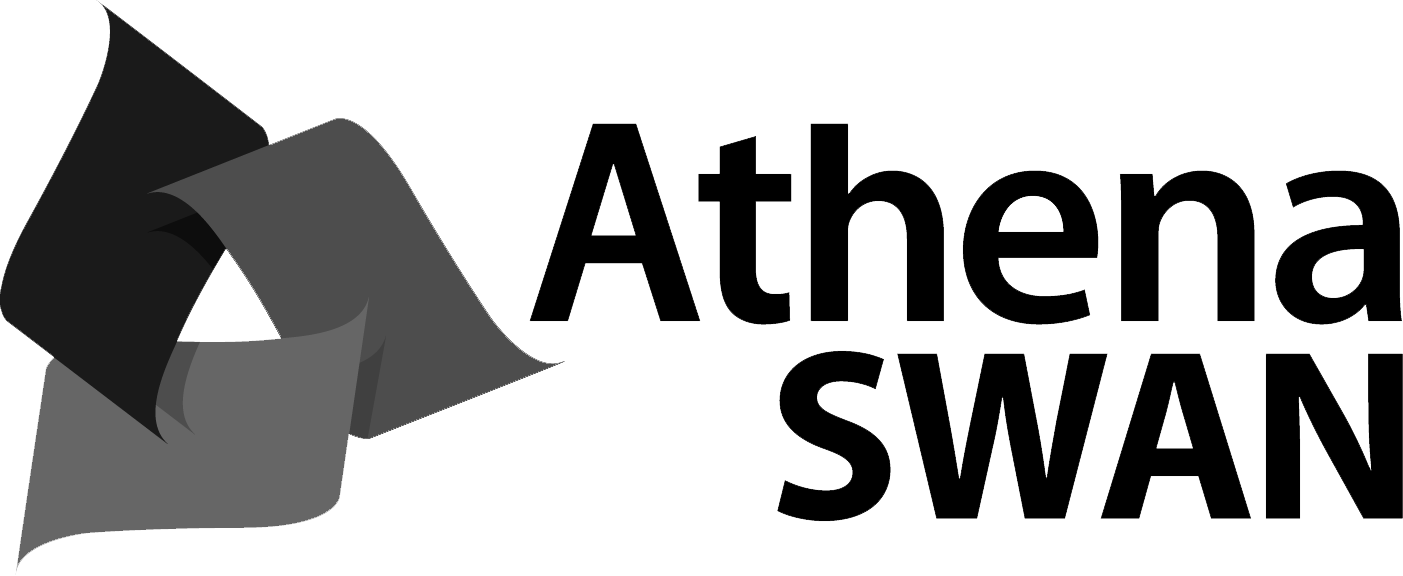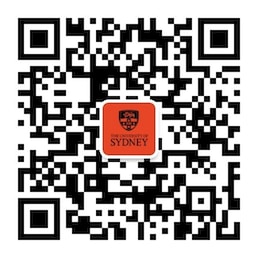Students will acquire knowledge about typical communication development in English across the lifespan and in cultures relevant to the Australian context. Students will learn about the sequence of normal communication development from prelinguistic communication development through to adult language; the significance of context and function in the development of language; the universality of communication development, and the effect of gender in communication development. Students will learn relevant theories and knowledge regarding the development of communication including phonetics, phonology, semantics, syntax, pragmatics, and non-verbal communication and gain an introduction into literacy development. This unit of study prepares students to undertake observation of communication and to demonstrate understanding of the theories and facts in the normal acquisition of communication skills and apply this knowledge across the lifespan. Students will also begin accumulating knowledge about professional communication, reciprocal learning and reflective practice.
Unit details and rules
| Academic unit | Communication Sciences |
|---|---|
| Credit points | 6 |
| Prerequisites
?
|
None |
| Corequisites
?
|
None |
|
Prohibitions
?
|
CSCD1032 |
| Assumed knowledge
?
|
CSCD1034 Linguistics and Phonetics or equivalent |
| Available to study abroad and exchange students | No |
Teaching staff
| Coordinator | Mei Yin Anita Wong, anitamy.wong@sydney.edu.au |
|---|---|
| Lecturer(s) | Mei Yin Anita Wong, anitamy.wong@sydney.edu.au |
| Tutor(s) | Gregory Flannery, gregory.flannery@sydney.edu.au |





